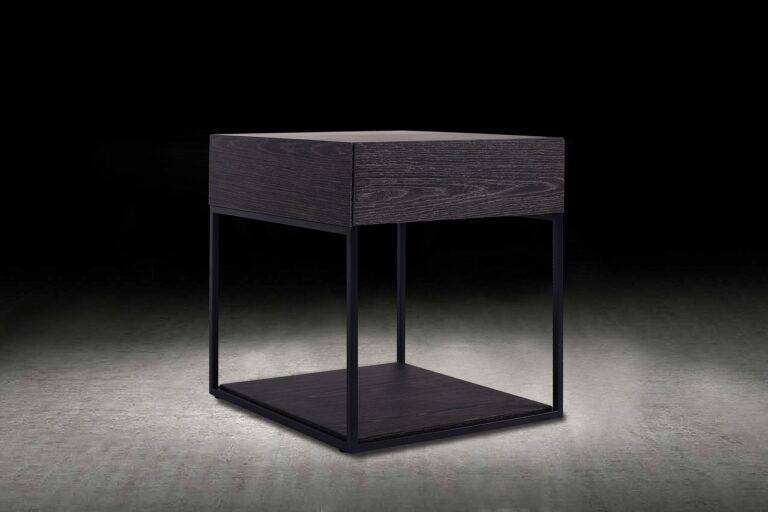The Psychology of Color: How Your Environment Influences Your Mood and Behavior
Color is a powerful element that can significantly impact our mood and behaviors. Warm colors such as red, orange, and yellow are often associated with energy, warmth, and positivity. These hues can evoke feelings of excitement, passion, and optimism, making them ideal choices for spaces where social interaction and creativity are encouraged.
In contrast, cool colors like blue, green, and purple are known for their calming and soothing effects. These shades are commonly linked to relaxation, tranquility, and focus. Cool colors can create a sense of serenity and peacefulness in a room, making them suitable for areas where a sense of calmness and concentration is desired.
The Impact of Warm Colors
Warm colors, such as red, orange, and yellow, have the inherent ability to evoke feelings of coziness and energy. These hues are typically associated with warmth, happiness, and comfort, making them ideal choices for spaces where a welcoming and vibrant atmosphere is desired. When used in interior design, warm colors can create a sense of intimacy and positivity, making a room feel more inviting and lively.
In addition to their psychological impact, warm colors can also influence our physical perceptions of a space. These hues are known to visually advance in a room, making walls painted in warm tones appear closer and cozier. This characteristic of warm colors can be strategically utilized to make a large room feel more intimate or to bring a sense of comfort to a space that may otherwise feel cold and uninviting.
The Influence of Cool Colors
Cool colors, such as blues, greens, and purples, have a calming effect on individuals. These hues are often associated with feelings of tranquility, peace, and relaxation. When surrounded by cool colors, people may experience a sense of serenity and may find it easier to unwind and de-stress.
Furthermore, cool colors are known to evoke a sense of spaciousness and airiness in a room. By using cool tones in interior design, spaces can appear larger and more open. This makes cool colors a popular choice for bedrooms and living areas where a sense of calm and expansiveness is desired.
How do cool colors influence mood and behavior?
Cool colors such as blues and greens are known to have a calming and soothing effect on individuals. They can help reduce stress and anxiety, promote relaxation, and create a sense of tranquility.
Can cool colors impact productivity and focus?
Yes, cool colors can help improve focus and concentration. They create a sense of clarity and organization, which can enhance productivity in work or study environments.
Are there any specific factors that influence the mood and behavior of individuals in relation to cool colors?
Yes, factors such as personal preferences, cultural background, and individual experiences can all play a role in how cool colors affect someone’s mood and behavior.
How do cool colors compare to warm colors in terms of their influence on mood and behavior?
While warm colors like reds and oranges are known to be energizing and stimulating, cool colors have a more calming and relaxing effect. Both color palettes can have a significant impact on mood and behavior, but in different ways.
Can incorporating cool colors into a space help create a more relaxing environment?
Yes, using cool colors in a room’s decor can definitely help create a more relaxing and serene atmosphere. Cool colors can make a space feel more open, airy, and peaceful.







